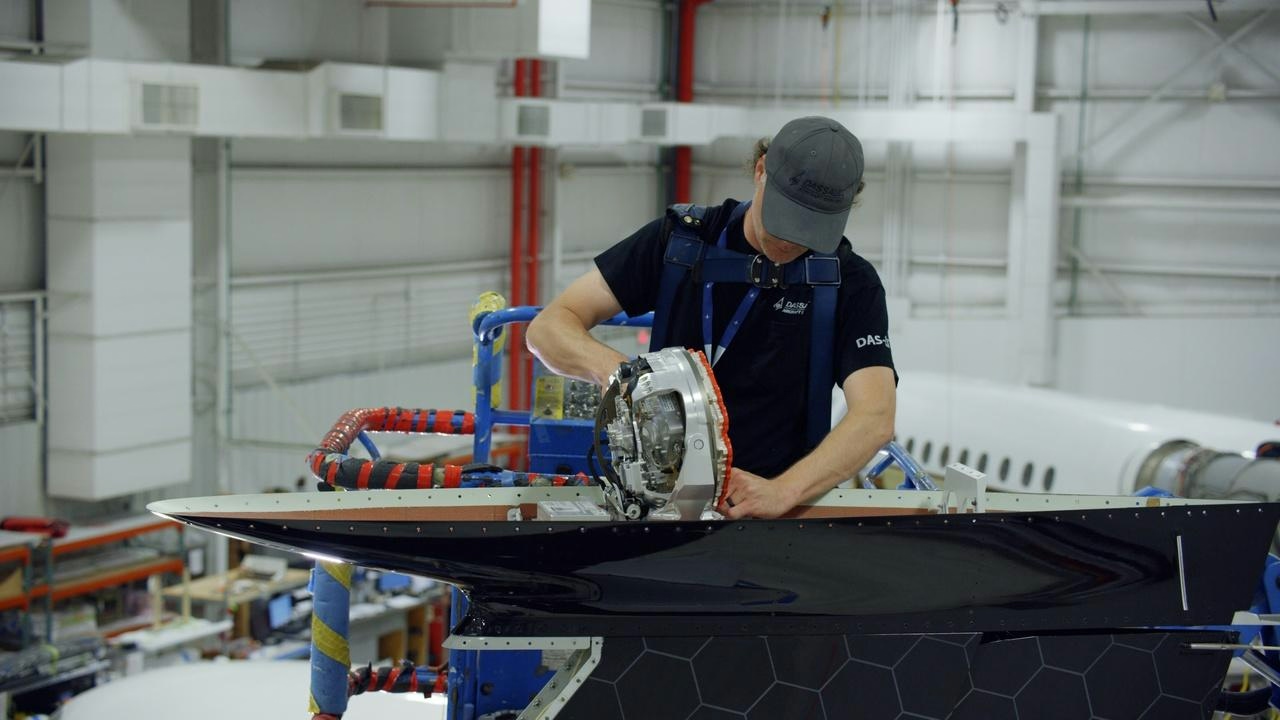
AeroGenie – Ihr intelligenter Copilot.
Trends
Categories
BlueLight Launches First Humanitarian Airline
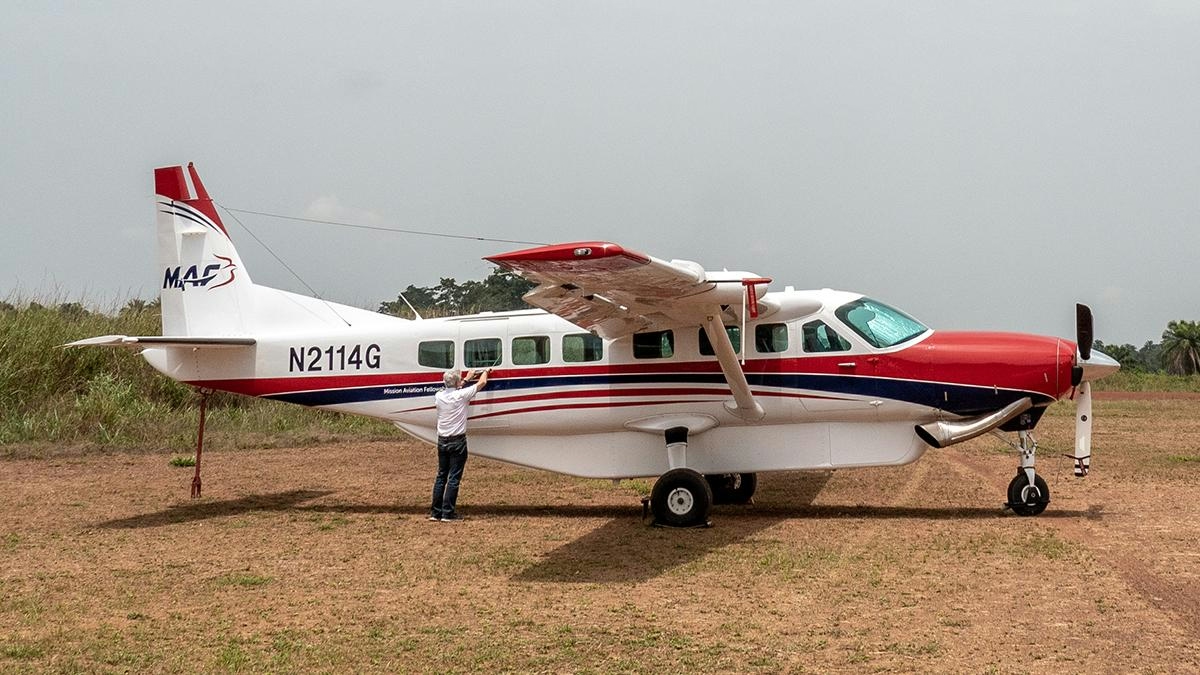
BlueLight Launches World’s First Humanitarian Airline
BlueLight Humanitarian Airlines has officially commenced operations in Geneva, establishing itself as the world’s first non-profit airline dedicated exclusively to humanitarian missions. The airline seeks to fill a critical void in crisis response by providing rapid, neutral, and affordable air transport tailored for relief efforts. Its fleet is uniquely designed to serve multiple functions, capable of carrying over 50 tonnes of aid cargo, transporting up to 200 responders, or operating as a flying trauma unit.
A New Model for Crisis Response
Pierre Bernheim, co-founder and former head of Geneva Airport, highlighted the urgency driving the initiative. He stressed that “speed and neutrality are vital when lives hang in the balance,” underscoring BlueLight’s mission to eliminate dangerous delays that often hinder crisis relief operations. The initial fleet will comprise Airbus A340-300 and A321P2F aircraft, with plans to introduce an uncrewed aerial system capable of delivering 500 kilograms of supplies over distances up to 800 kilometres. This innovation is particularly significant for reaching regions lacking accessible runways.
Waleed Rawat, co-founder and head of WAIR Global, described BlueLight as “a humanitarian infrastructure for the 21st century,” combining the efficiency of commercial aviation with the compassion inherent in aid work. The airline’s leadership team brings together extensive expertise in aviation, finance, and sustainable ventures, supported by an international cadre of aviation, medical, and humanitarian professionals.
Operational Plans and Industry Challenges
BlueLight aims to commence full-scale operations by 2026, contingent upon raising US$55 million to acquire and convert three wide-body aircraft. The project has garnered support from the Swiss Federal Government, the Canton of Geneva, and key partners including Airbus, Geneva Airport, and JORAMCO. Operating under a fixed-rate, transparent pricing model, BlueLight commits to providing equitable access for all relief organizations. From its inception, the airline integrates sustainable aviation fuel and carbon offset initiatives, aligning with the sustainability objectives of the United Nations and the Swiss government.
Despite its promising vision, BlueLight faces considerable challenges. The airline must navigate a complex regulatory environment governing humanitarian flights while maintaining operational efficiency in delivering aid. It will also contend with established carriers that possess greater resources and experience. Market responses have been mixed, with some investors expressing skepticism about the risks and novelty associated with humanitarian aviation. Competitors may respond by forging strategic partnerships with aid organizations or enhancing their own humanitarian services to safeguard market share.
The broader aviation industry’s emphasis on resilience, decarbonization, and technological innovation—highlighted at the World Aviation Festival 2025—will likely influence BlueLight’s operational strategies and positioning. As the airline prepares for its inaugural missions, its success will depend on the viability of its innovative model and its capacity to adapt within a rapidly evolving and competitive sector.
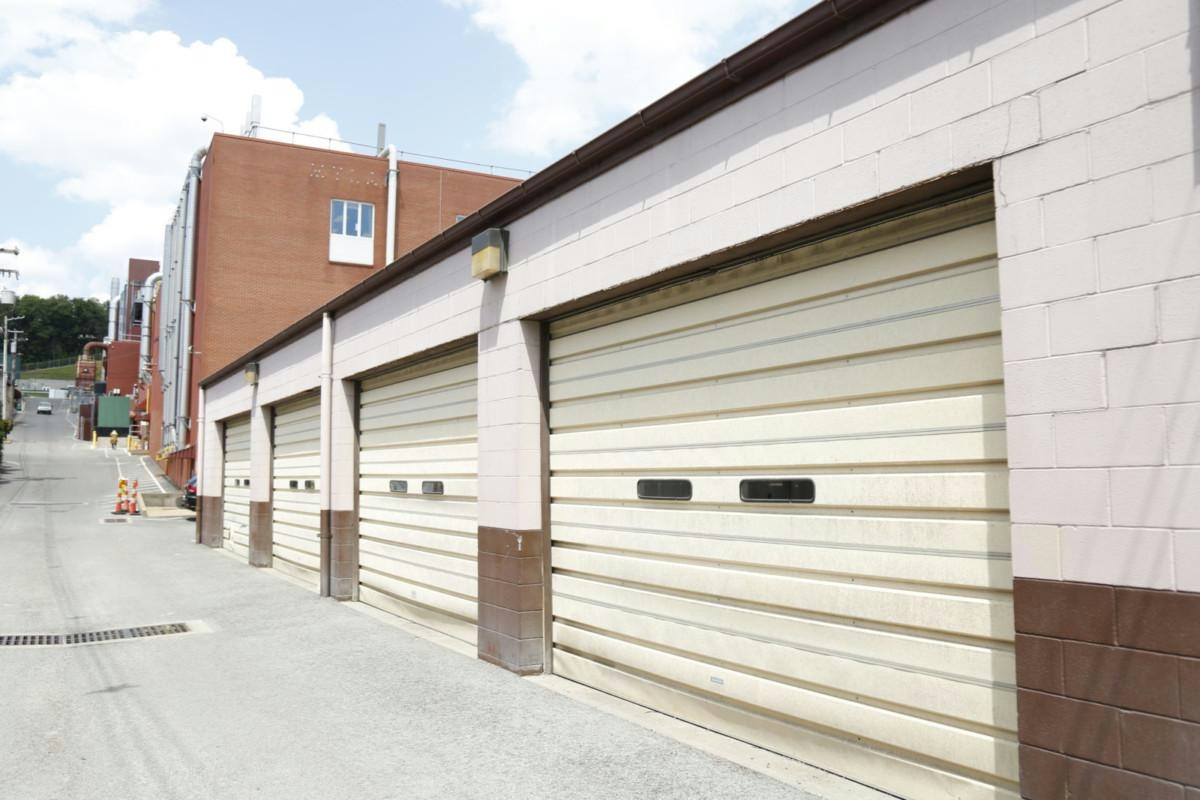
Bridger Aerospace Sells Bozeman Hangars in 10-Year Leaseback Deal
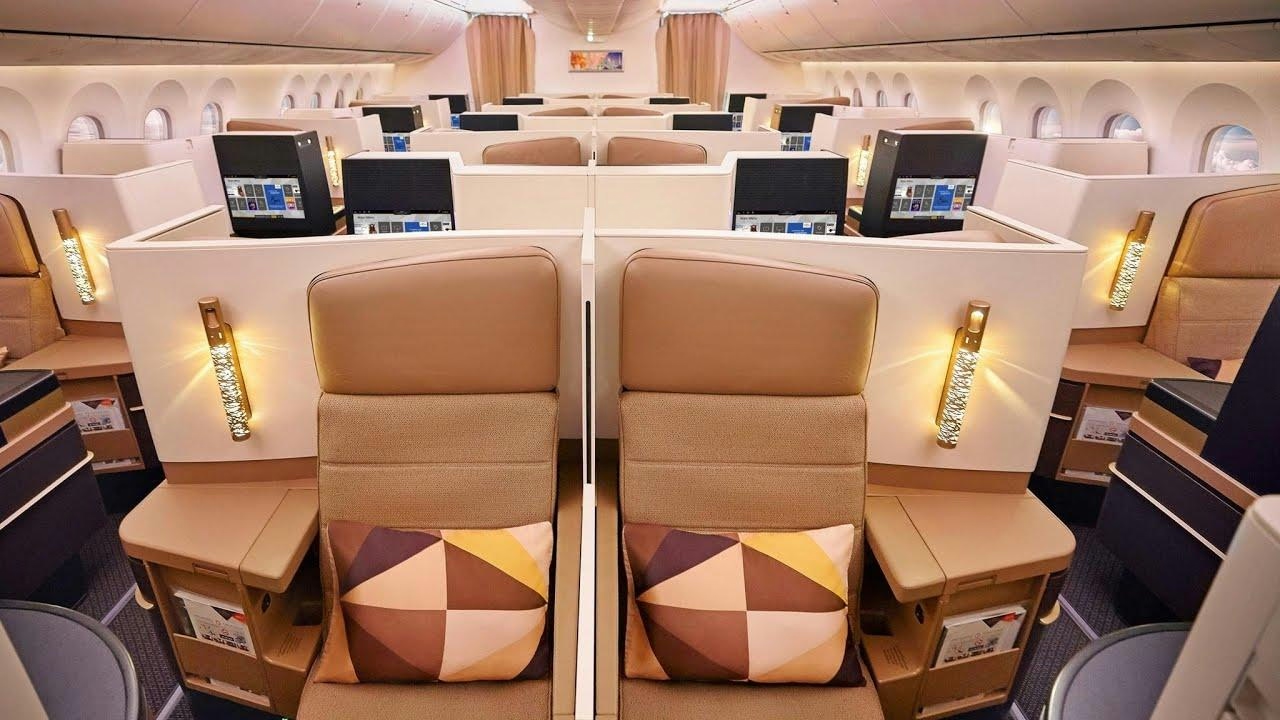
Qatar Airways and Etihad: A Comparison of Their Widebody Fleets
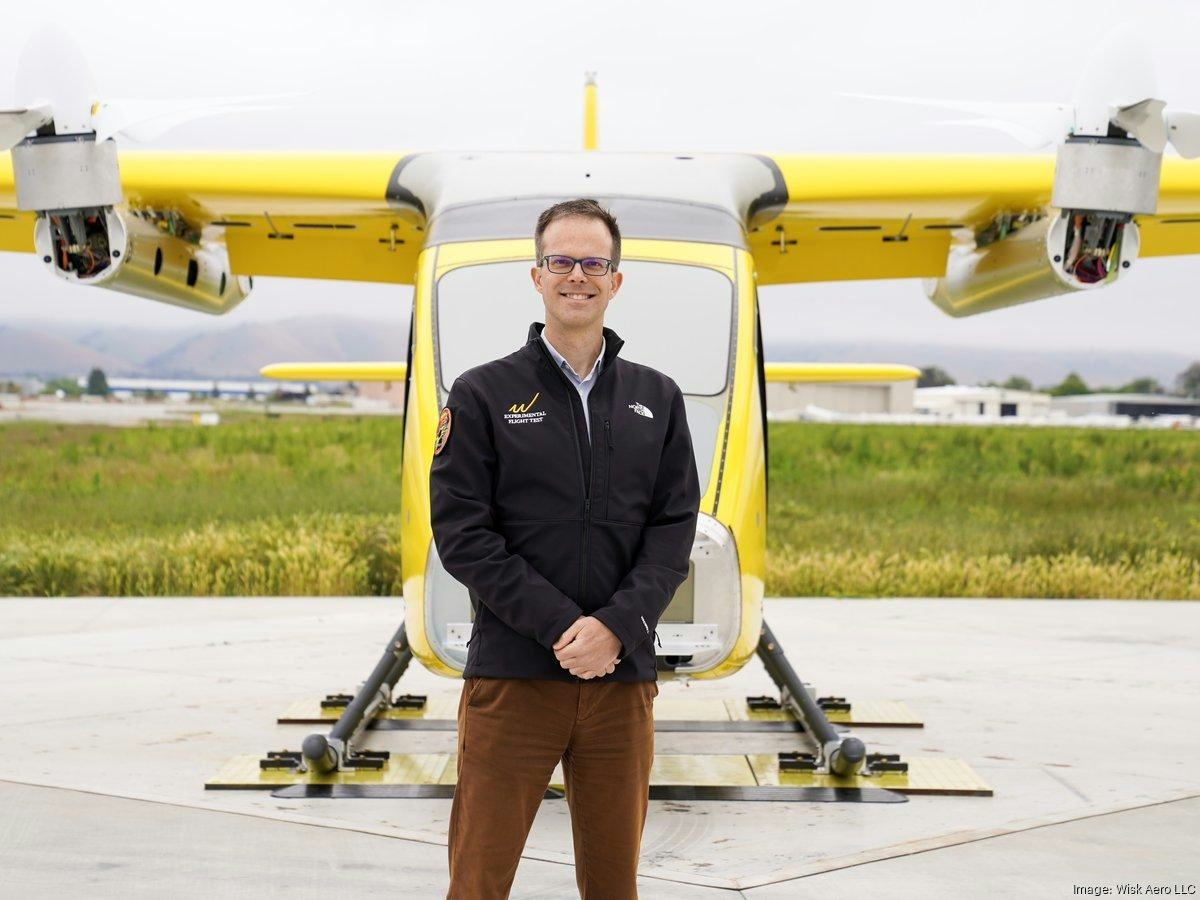
Wisk and Liebherr-Aerospace Collaborate on Gen Six Electric Air Taxi
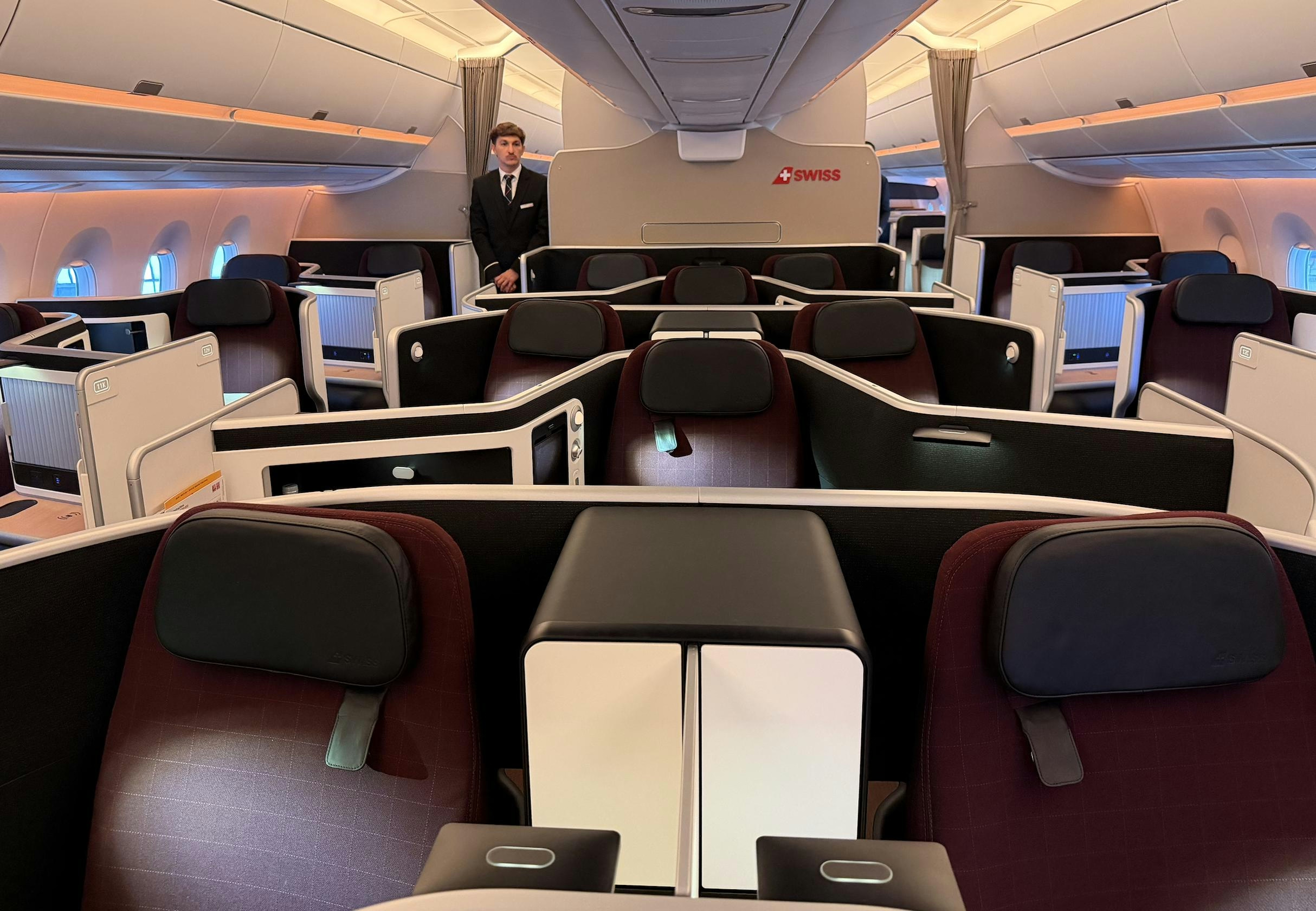
Swiss Airlines Introduces First A350 Aircraft into Service
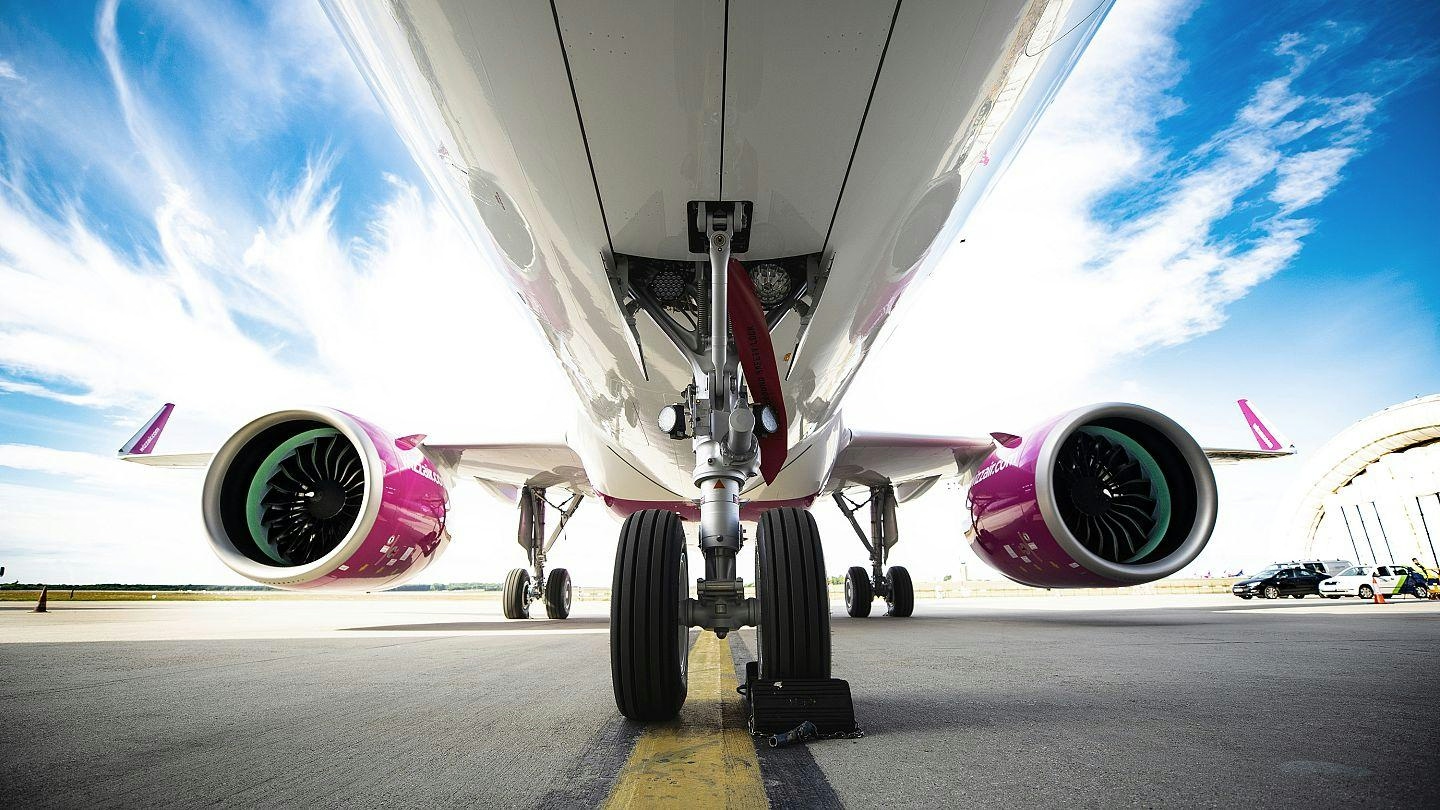
Wizz Air Uses AI to Reduce Fuel Consumption and Improve Customer Service
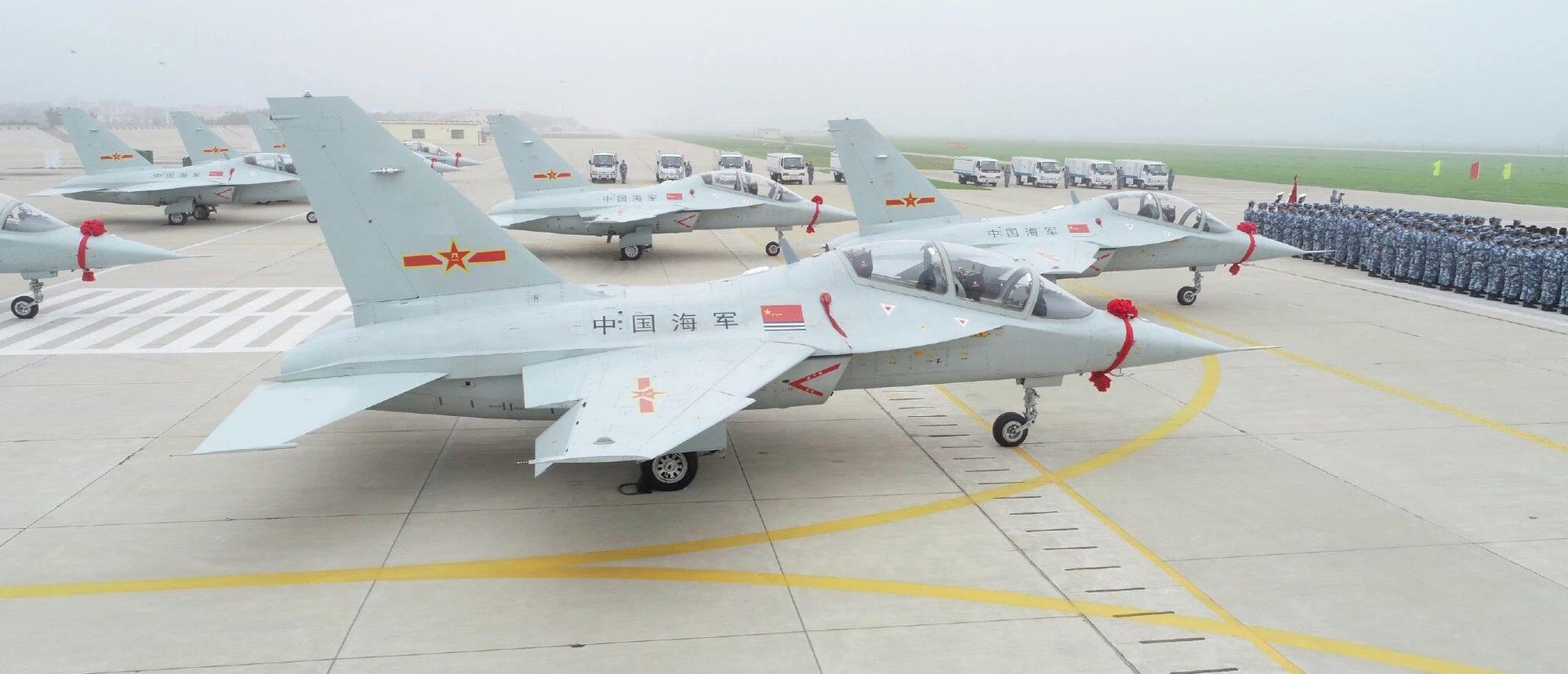
China’s JL-10 Trainer Aircraft Incorporates Ukrainian Engine Technology
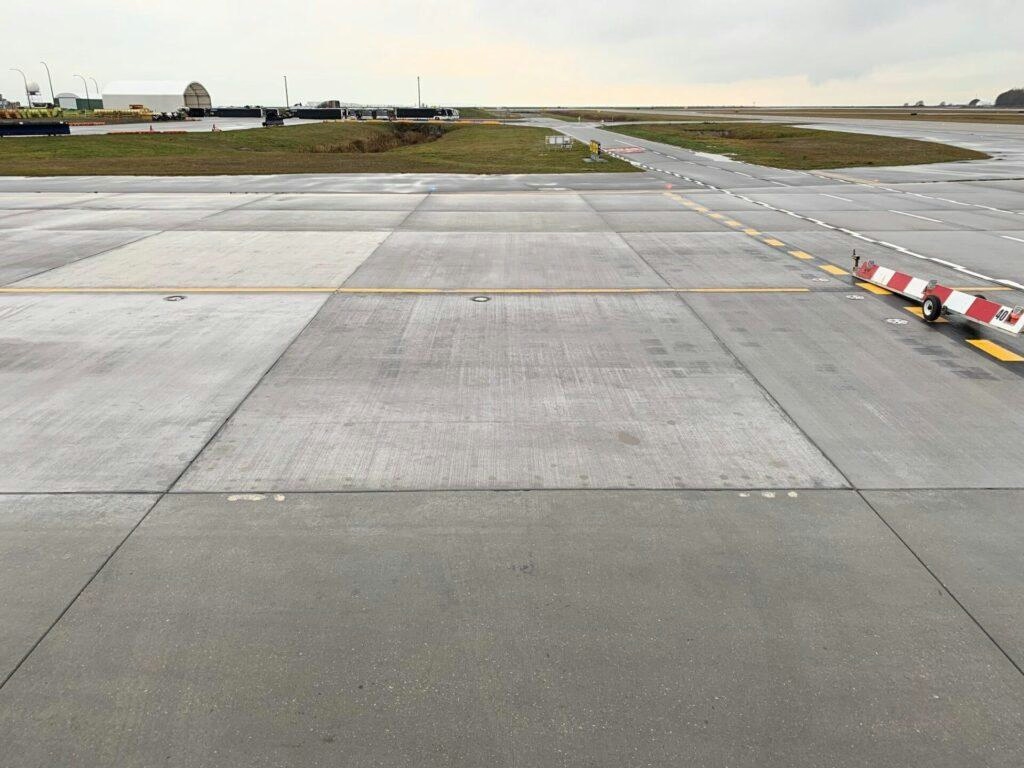
Advances in Airfield Infrastructure: Precision and Reliability

Tata Advanced Systems and Safran Open LEAP Engine Facility in Hyderabad

Jet Aviation Celebrates 30 Years of Operations in Singapore
